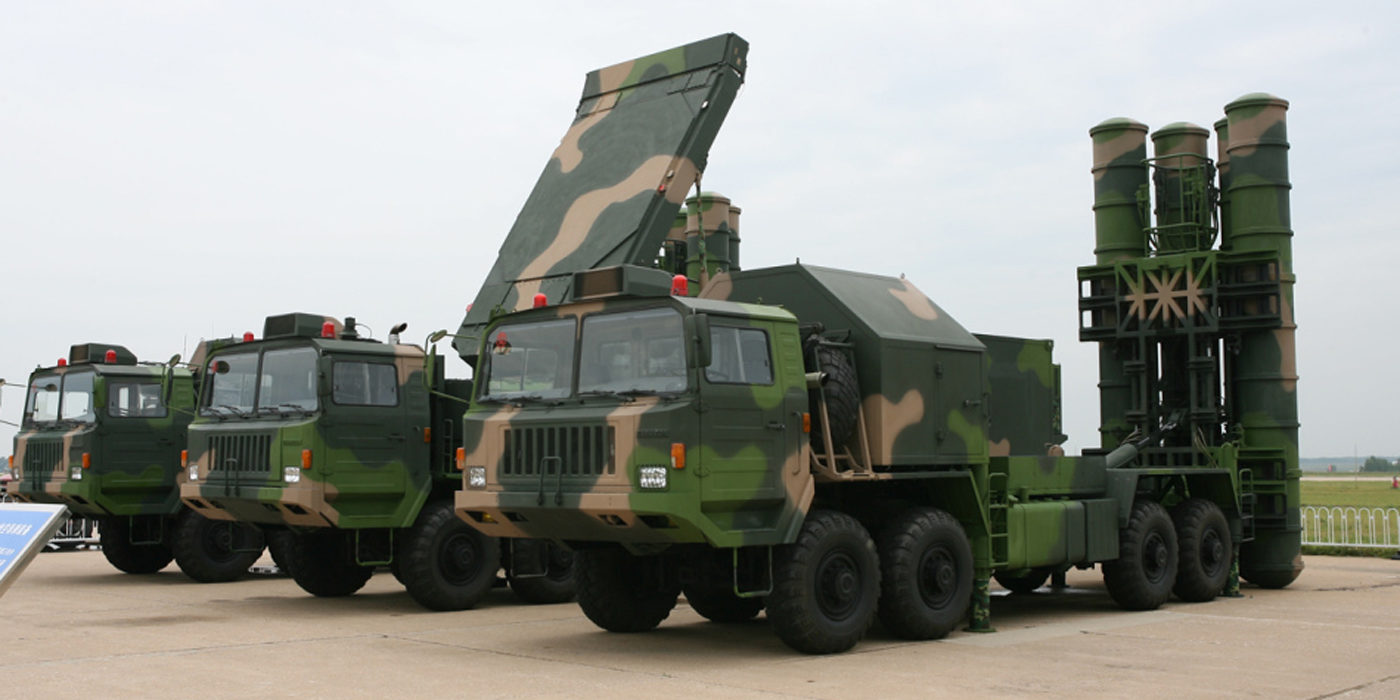SOURCE: AFI


Chinese netizens have taken to social media platforms to express sharp criticism of the Pakistani Army and Air Force, accusing them of lacking professionalism in deploying the Chinese-made HQ-9 air defense system. The backlash comes in the wake of India’s successful missile strikes during Operation Sindoor on May 7, 2025, which not only penetrated Pakistani airspace but also reportedly destroyed several HQ-9 units, exposing vulnerabilities in Pakistan’s air defense network.
According to posts circulating on Chinese social media, netizens have blamed inadequate training and operational inefficiencies on the Pakistani side for the failure of the HQ-9 system to counter Indian missile attacks. India’s precision strikes, which targeted terror bases in Pakistan and Pakistan-occupied Kashmir (PoK), involved advanced munitions like the French-origin SCALP cruise missiles launched from Rafale jets. These missiles, known for their stealth and low-altitude flight capabilities, bypassed Pakistan’s air defense systems, including the HQ-9 and HQ-16, without interception.
Chinese users expressed frustration, with some describing Pakistan’s forces as “mute spectators” while Indian missiles wreaked havoc on airbases and military facilities, including key installations in Lahore and Sialkot. “The HQ-9 is a capable system, but it’s useless if the operators lack proper training,” one user reportedly commented. Others pointed out that the system’s failure to detect or engage Indian projectiles has damaged the reputation of Chinese defense technology, which China has marketed globally as a cost-effective alternative to Western and Russian systems.
The HQ-9P, a variant customized for Pakistan, is a long-range surface-to-air missile system designed to intercept aircraft, cruise missiles, and tactical ballistic missiles. Despite its advanced radar and claimed range of up to 125 kilometers, the system’s inability to thwart India’s strikes has led to questions about its operational effectiveness under Pakistan’s command. Chinese netizens have speculated that poor integration into Pakistan’s Comprehensive Layered Integrated Air Defence (CLIAD) architecture and a lack of real-time coordination may have contributed to the system’s failure.
The criticism follows reports that Indian forces neutralized Pakistani air defense radars and systems, including an HQ-9 battery in Lahore, during a Suppression of Enemy Air Defences (SEAD) mission on May 8, 2025. Indian media and defense sources claimed the strikes exposed the HQ-9’s limitations, with no missile interceptions reported, further fueling Chinese netizens’ discontent. Some users even drew comparisons to the Russian S-400, noting that China itself relies on the latter for its own defense, suggesting skepticism about the HQ-9’s reliability.
NOTE: AFI is a proud outsourced content creator partner of IDRW.ORG. All content created by AFI is the sole property of AFI and is protected by copyright. AFI takes copyright infringement seriously and will pursue all legal options available to protect its content.